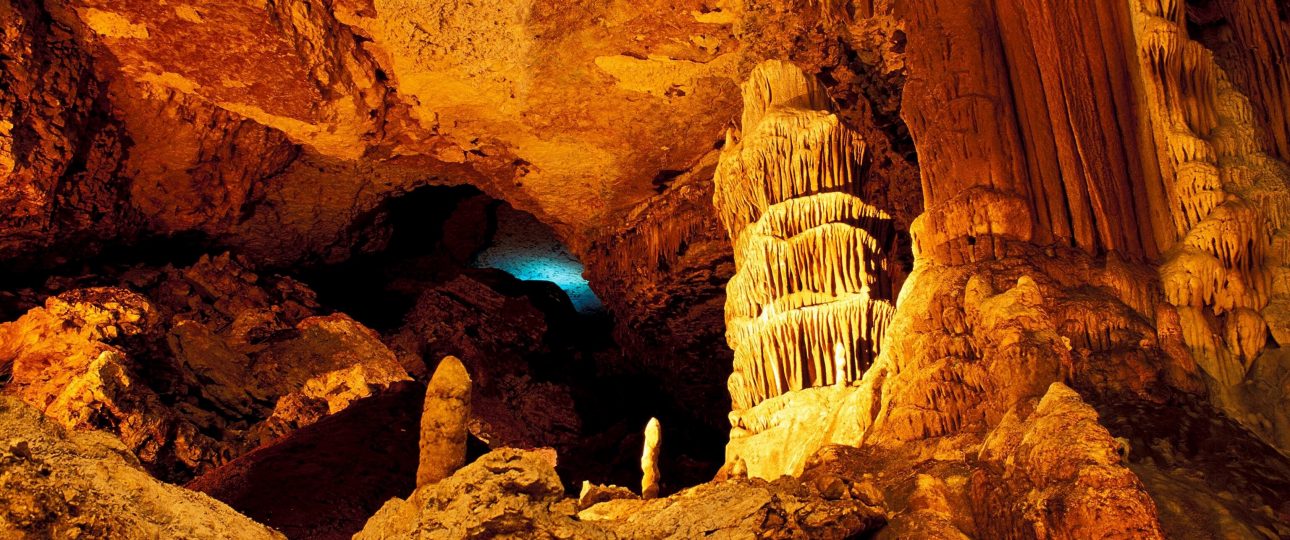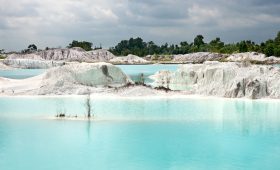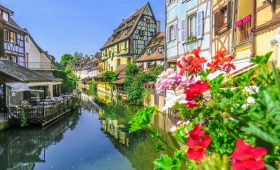Welcome to Taulabe Caves!
Are you an adventurer seeking a unique destination off the beaten path? Look no further than Taulabe Caves, located in the heart of Honduras. This hidden gem offers a remarkable underground experience that will leave you in awe. In this blog post, we will explore the wonders of Taulabe Caves, including how to get there, the best time to visit, and what makes this destination truly extraordinary.
Discovering Taulabe Caves
Taulabe Caves, also known as “Cuevas de Taulabe” in Spanish, is a natural wonder nestled in the picturesque landscape of Honduras. These limestone caves have been formed over millions of years, creating a labyrinth of tunnels, chambers, and stalactites that are waiting to be explored. As you venture into the depths of the caves, you’ll be amazed by the stunning formations and the eerie beauty that surrounds you.
A Unique Geological Marvel
What sets Taulabe Caves apart from other cave systems around the world is its unique geological features. The intricate network of stalactites and stalagmites creates a mesmerizing sight that will captivate your senses. The caves are also home to underground rivers and pools, adding to their mystical allure. Exploring Taulabe Caves is like stepping into another world, where nature’s artistry takes center stage.
Historical Significance
Taulabe Caves hold not only natural wonders but also historical significance. The caves were once used by indigenous Mayan civilizations as sacred spaces for rituals and ceremonies. Walking through these ancient chambers, you can almost feel the energy and spirituality that linger from centuries past. It’s a truly humbling experience that connects you with the rich cultural heritage of Honduras.
When to Visit
The best time to visit Taulabe Caves is during the dry season, which runs from November to April. This ensures that you can explore the caves without the risk of heavy rain or flooding. The weather during this period is also more pleasant, with mild temperatures and clear skies. However, if you’re a fan of adventure and don’t mind a bit of rain, visiting during the rainy season can offer a unique perspective as the underground rivers flow more vigorously.
How to Get There
Getting to Taulabe Caves is an adventure in itself. The caves are located in the municipality of Taulabe, which is approximately 100 kilometers northwest of the capital city, Tegucigalpa. If you’re traveling from abroad, the most convenient way to reach Tegucigalpa is by flying into Toncontín International Airport. From there, you can hire a taxi or rent a car to make the scenic journey to Taulabe.
Local Transportation
Once you arrive in Taulabe, you can easily reach the caves by hiring a local guide who is familiar with the area. These guides are passionate about sharing their knowledge and will ensure you have a safe and enjoyable experience. Alternatively, if you prefer to explore on your own, renting a bicycle or a motorbike is a popular option among adventurous travelers. Just remember to wear appropriate gear and follow all safety precautions.
Summary of Facts
- Taulabe Caves, located in Honduras, are a unique geological marvel.
- The caves have historical significance and were once used by Mayan civilizations.
- The best time to visit is during the dry season (November – April).
- Taulabe is approximately 100 kilometers northwest of Tegucigalpa.
- Toncontín International Airport is the most convenient airport for reaching Tegucigalpa.
- Local guides are available to help you explore the caves safely.
- Renting a bicycle or motorbike is a popular option for transportation in the area.
In conclusion, Taulabe Caves in Honduras is a destination that offers a truly unique and awe-inspiring experience. From its geological wonders to its historical significance, this hidden gem is a must-visit for any adventurous traveler. Whether you’re exploring the labyrinth of tunnels or immersing yourself in the spirituality of the ancient Mayan rituals, Taulabe Caves will leave a lasting impression on your soul. Plan your visit during the dry season, and prepare for a journey into the heart of Honduras’ natural and cultural heritage.




